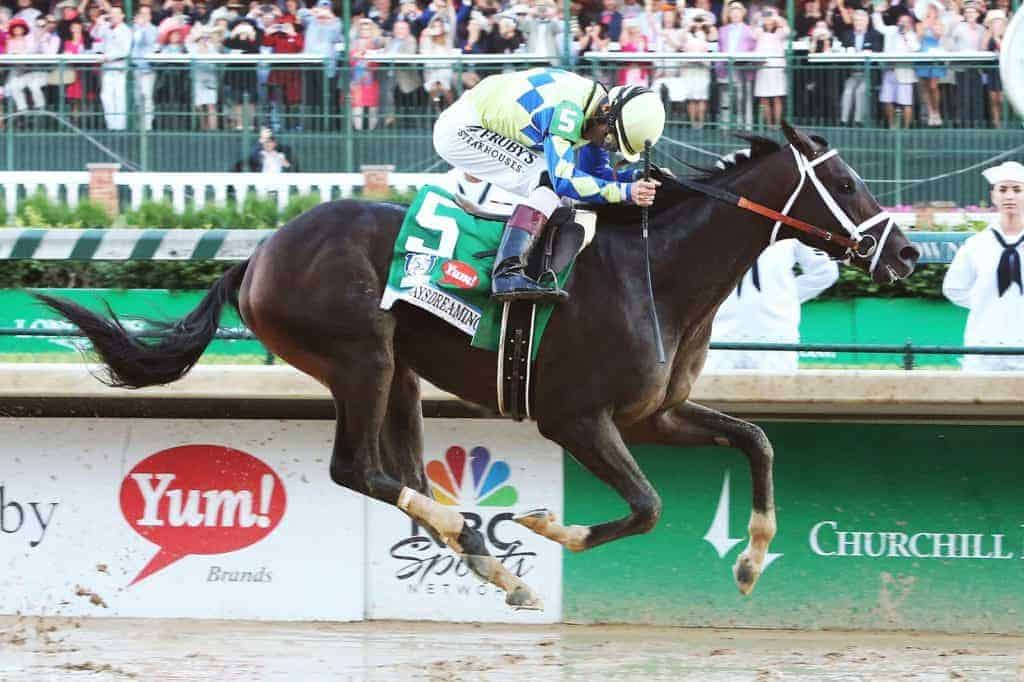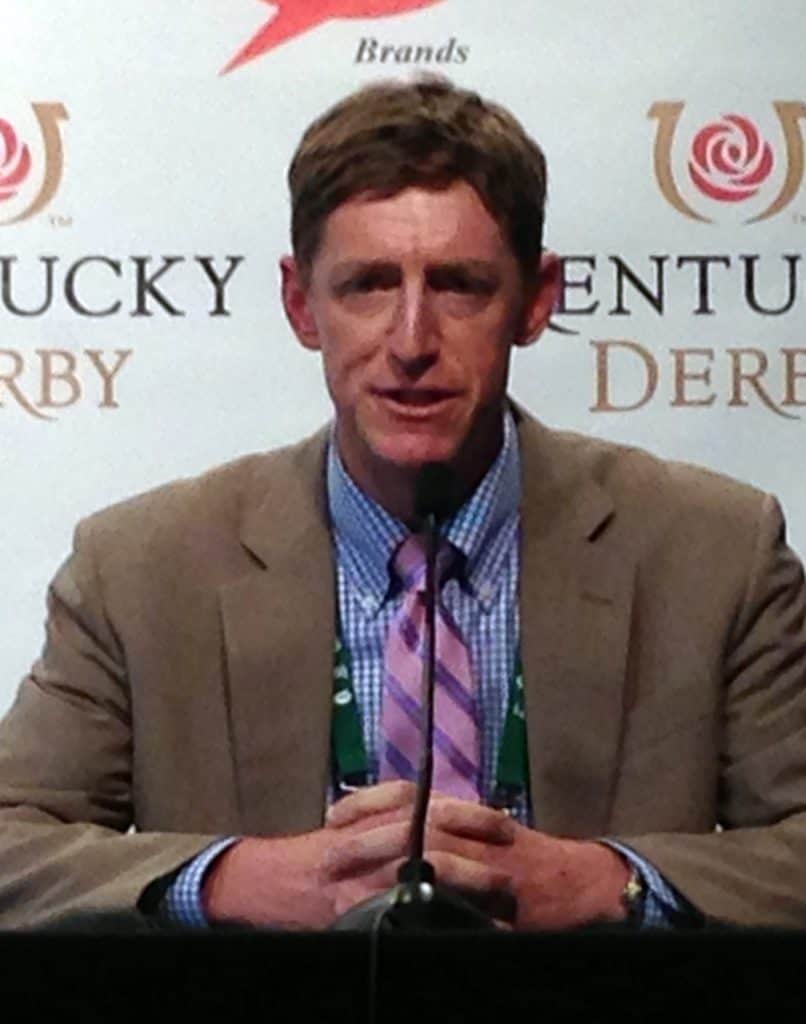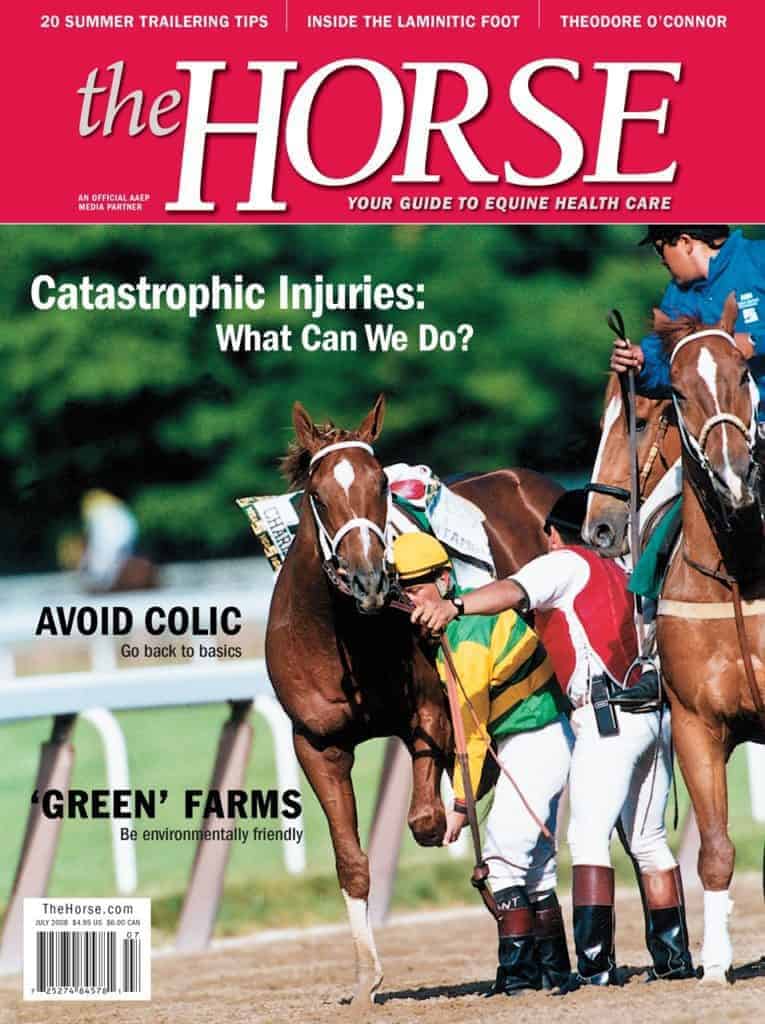
Royal Mo Sustains Injury During Preakness Workout
Royal Mo fractured a sesamoid bone and was transported to PennVet’s New Bolton Center for treatment on Sunday.

Royal Mo fractured a sesamoid bone and was transported to PennVet’s New Bolton Center for treatment on Sunday.

Monmouth Park first received accreditation shortly after the alliance’s inception in 2009.

Trained by Todd Pletcher and ridden by John Velazquez, the colt covered the 1 1/4 miles on a wet-fast track in 2:03.59.

Dr. Keith Latson will provide timely health reports to the media regarding the athletes in the Kentucky Oaks and Derby.

Wednesday’s discussion topics included maintaining integrity and crop use during races, among others.

A panel believes keys include additional out-of-competition testing, investigators, and research.

Measures cover arrival times, veterinary treatments and records, out-of-competition drug testing, and more.

Congressman Andy Barr introduced three pieces of legislation aimed at benefiting the breeding and racing industries.
The International Forum for the Aftercare of Racehorses will hold its first conference May 17-18, in Washington, D.C.

Preliminary results suggest risk factors include fewer high-speed workouts and a drop in racing class, among others.
The alliance is designed to establish standards and practices to promote safety and integrity in horse racing.

Scientists are highlighting early 20th century studies and Japanese researchers who were well ahead of their time.

The fatal injury rate in Thoroughbred racehorses declined for a fourth consecutive year and has dropped 23% since 2009.

Practice can and should be ethical, but it’s not always easy. Pressure applied by trainers or owners can be substantial.

A necropsy revealed a pelvic fracture caused of death of the 1999 Horse of the Year.
Dr. Kyle Hebert allegedly supplied trainers with dermorphin, saying the drug would make horses “focus and run faster.”
Stay on top of the most recent Horse Health news with
"*" indicates required fields